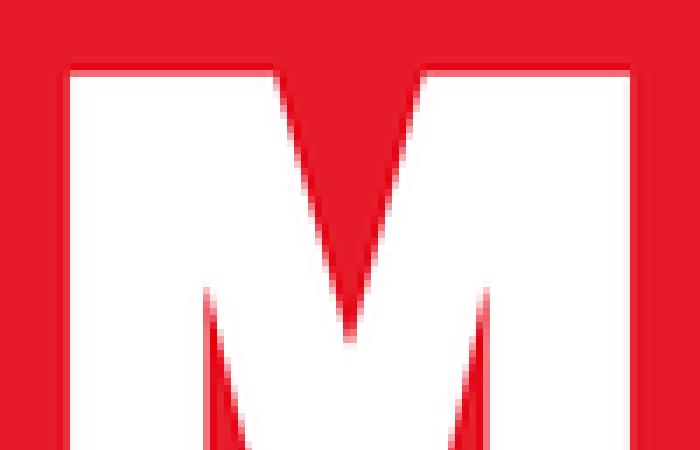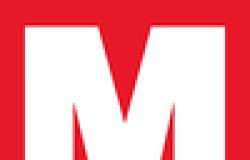
The offseason began in earnest on Friday night, when the Chicago Bears traded the No. 1 overall pick to the Carolina Panthers. Chicago received a massive haul to move down eight spots to the No. 9 selection, bringing in the No. 61 pick, a 2024 first-round pick, a 2025 second-round pick, and wide receiver D.J. Moore.
The move sets Chicago up to simultaneously pursue two paths: One where Justin Fields is their quarterback of the future, and one where he is not.
Fields showed tremendous improvement in his second NFL season, emerging as one of the most exciting and dynamic players in all of football. He did so mostly by making plays with his legs, whether on designed runs or outside the structure of the offense when scrambling. (He was at his most effective as a scrambler. See below.) In all, Fields rushed 160 times for 1,143 yards and eight touchdowns in 15 games, leading the league with a 7.1 yards per carry average and falling just short of breaking Lamar Jackson's single-season record for quarterback rushing yards.
Run Type Designed Scramble Rush 90 70 Yards 428 715 TD 4 4 Yds/Rush 4.8 10.2 1st Down 30 35 1D/Rush 33.3% 50.0% Expl 9 19 Expl/Rush 10.0% 27.1%Fields did show some growth as a passer. His completion percentage went up by 1.5 percentage points, his touchdown rate more than doubled from 2.6% to 5.3%, his yards per attempt average ticked up slightly, his off-target throw rate went down, and he converted third-down opportunities through the air more often.
But he also still showed some serious liabilities. Fields' interception rate remained sky-high at 3.5%, he took a league-high 55 sacks as his sack rate spiked from 11.8% to an utterly preposterous 14.7% (he was also sacked on a greater share of his pressured dropbacks than during his rookie season), and while the aforementioned numbers in completion rate, off-target throw rate, yards per attempt, and third-down conversion rate all got better from Year 1 to Year 2, they were all still pretty far below average.
Some of those shortcomings can be at least in part attributed to Fields' sub-par supporting cast, but some can't, and none of them can be entirely blamed on his surroundings. All of which is why it's important that the Bears have begun the process of surrounding him with better talent. The more good players he has around him, the better chance they have to evaluate whether they should offer him a contract extension when he becomes eligible for one next offseason.
If they get positive information on that front, great! Now they have two more first-round picks next year to continue upgrading their roster. But if Fields doesn't take the step forward they clearly hope he can, then they have two picks with which they can try to move up the board for someone like Caleb Williams or Drake Maye in next year's draft.
It's a lot like the path the Philadelphia Eagles pursued last offseason, when they were not yet sure that Jalen Hurts was their guy. They moved down in the draft to acquire an extra 2023 pick, while also trading for A.J. Brown to give Hurts a better chance to succeed in the immediate term. Chicago has a long way to go before its roster is in the same place as


